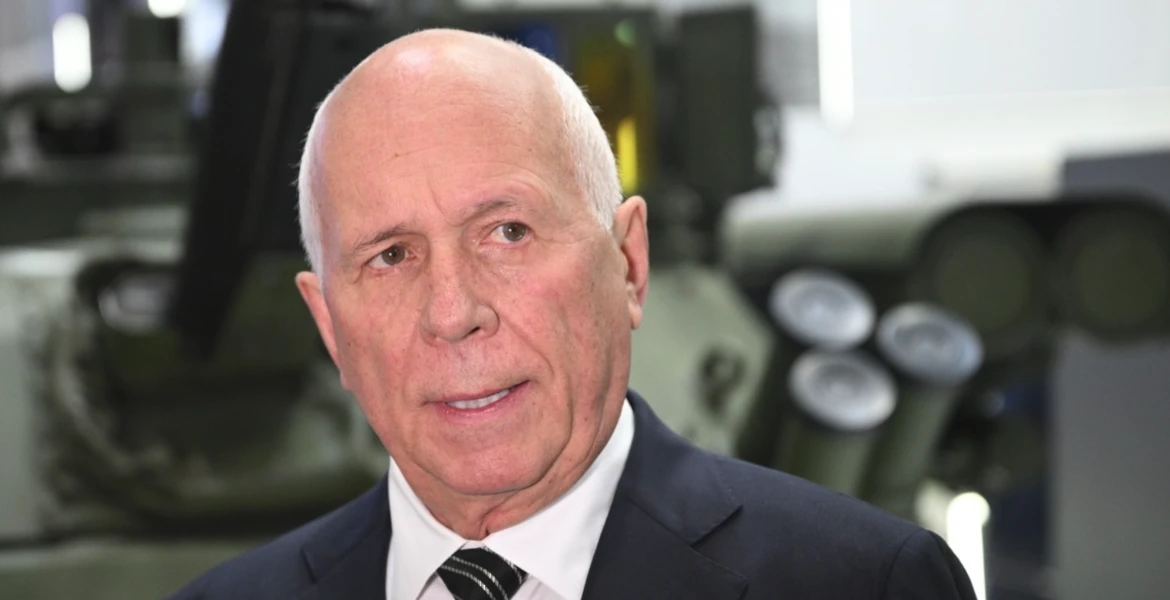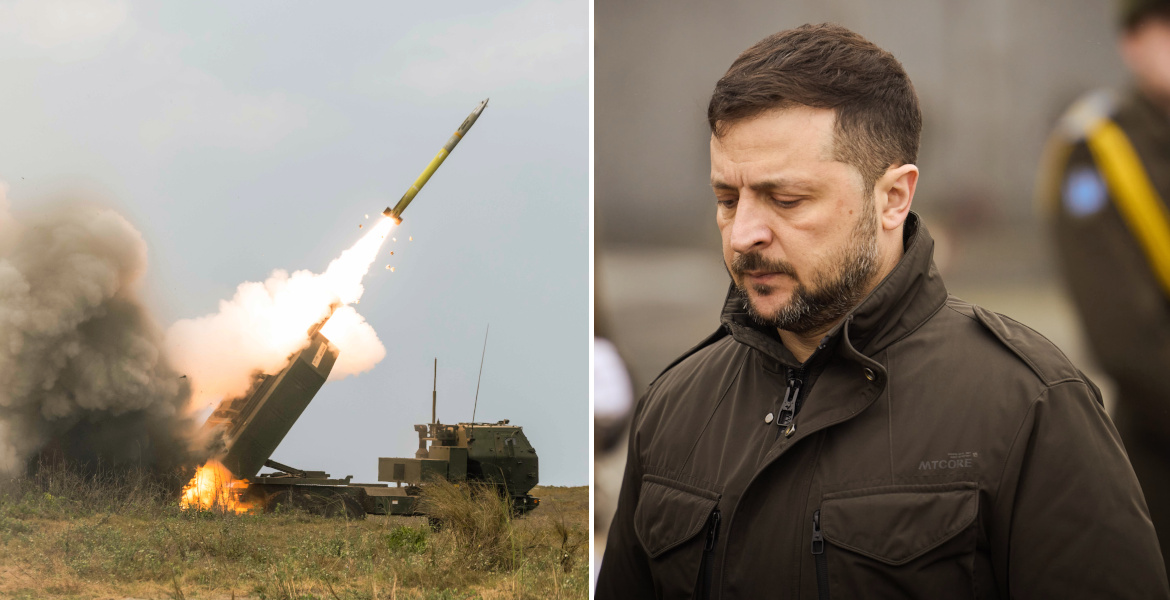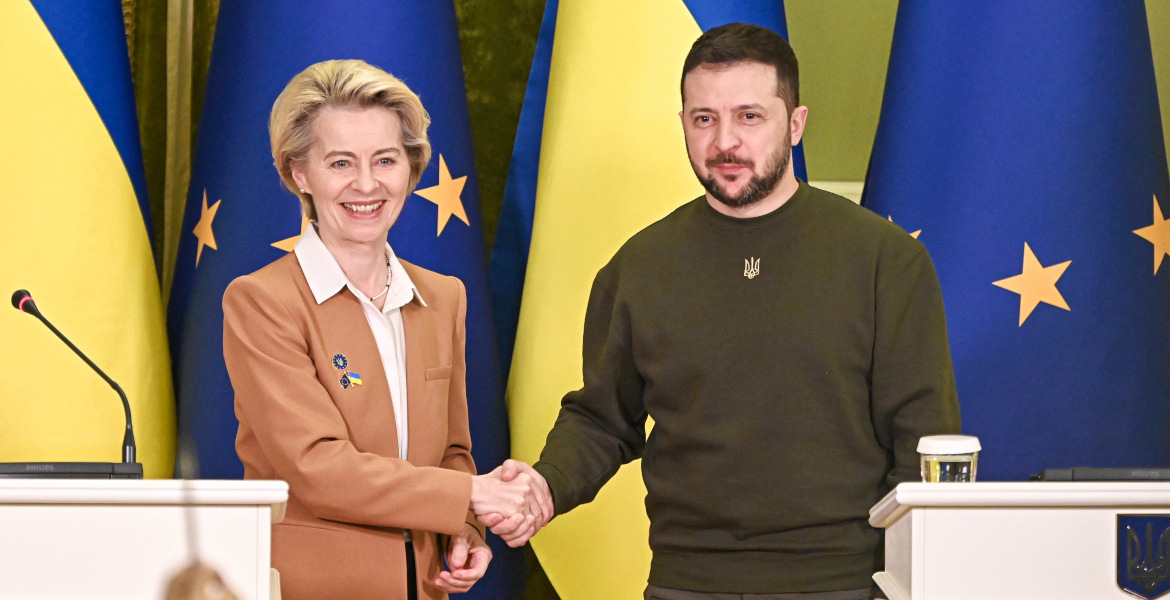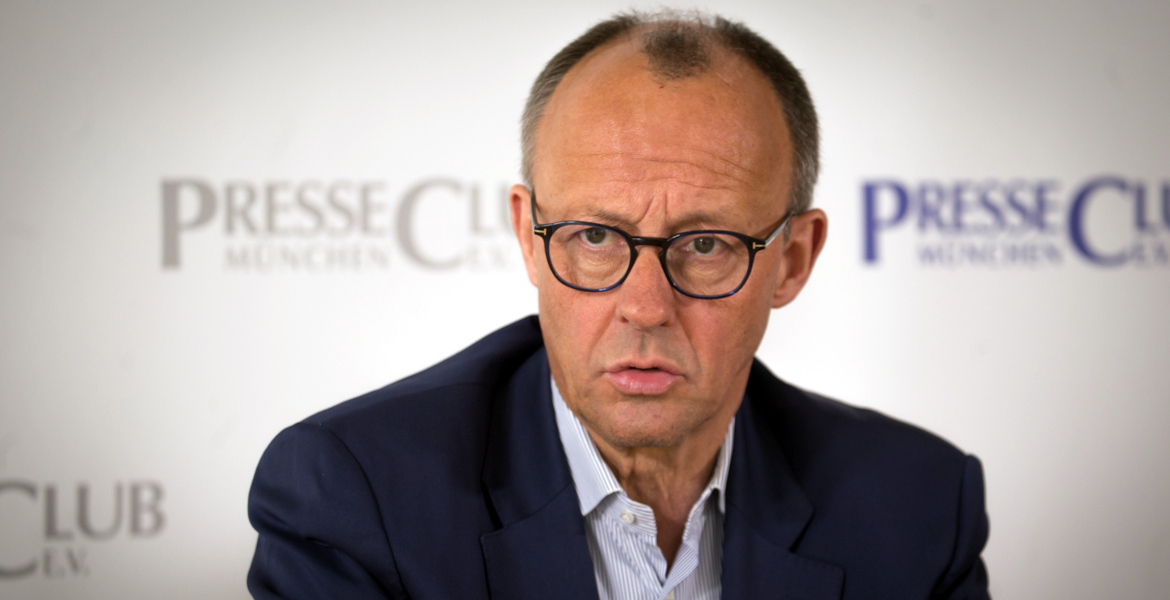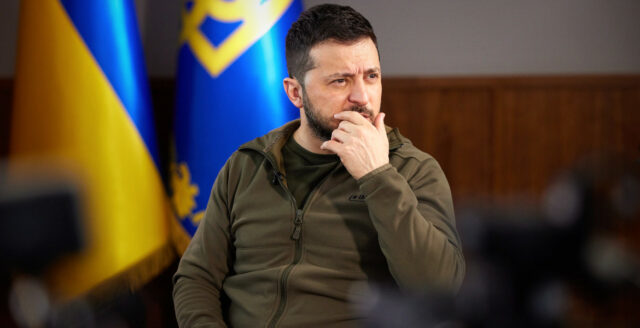Human rights groups, doctors and scientists have long been calling for a ban on depleted uranium weapons after warnings that they pose a major long-term danger to civilians and could lead to birth defects and cancer.
Despite this, the Biden administration is now choosing to send depleted uranium munitions to the war in Ukraine.
It has been 20 years since the US invasion of Iraq, but children are still being born with severe deformities and defects. These include neurological problems, congenital heart disease and paralyzed or missing limbs. The affected children often also have elevated levels of radioactive substances in their bodies.
The deformities are thought to be caused by the extensive use of depleted uranium and thorium weapons by the US during the 2003 invasion. Children born near the US-controlled Tallil Air Base are particularly affected by severe defects and disabilities.
– Doctors are regularly encountering anomalies in babies that are so gruesome they cannot even find precedents for them. The war has spread so much radiation here that, unless it is cleaned up, generations of Iraqis will continue to be affected, explained researcher Mozhgan Savabieasfahani in 2019.
”Definitely a war crime”
For decades, many voices have called for a ban on depleted uranium weapons and has tried to draw attention to the US use of uranium and the disastrous effects this has had on the civilian population in Iraq.
In Falluja, which was particularly hard hit by the US invasion, it has been noted that the number of cases of leukemia is 38 times higher than the average, the risk of breast cancer is ten times higher than in non-war affected areas and the risk of childhood cancer is 14 times higher.
Again, the use of uranium in ammunition, tanks and missiles is thought to be the cause of birth defects and cancer.
Francis Boyle, a lawyer and professor of international law, for example, has argued that the military use of depleted uranium is war crime and that the Americans responsible should be brought to justice.
Swedish Lieutenant Colonel: "world class"
Despite the risk of enormous and long-lasting civilian damage, the US has now decided to send depleted uranium ammunition to Ukraine - something that the Swedish media has described in very positive terms.
"It's world class", says the newspaper Dagens Nyheter, for example, which interviewed Lieutenant Colonel Johan Huovinen about the decision.
– It's positive that they are getting the best they can get - it's world-class ammunition, he says, but does not comment on the effects on the civilian population.
Swedish state channel SVT takes a similar approach and has interviewed Christian Ekberg, professor at the Department of Nuclear Chemistry at Chalmers University of Technology in Gothenburg.
– Depleted uranium is an element and a heavy metal. The radioactivity is not dangerous at all, he claims.
The same article admits that depleted uranium has been linked to leukemia and birth defects among the civilian population in Europe, but stresses that "the link has not been proven".
The controversial ammunition is for M1 Abrams tanks that the US will deliver to Ukraine later this year. They are described as "extremely heavy with a density almost double that of lead - increasing its ability to drill through armor, and it ignites on contact".

